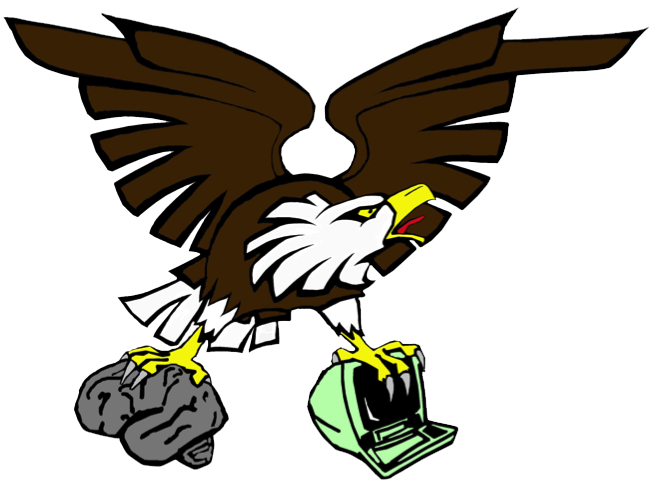

Journal of Neuroscience
The nature of orthographic representations in the human brain is still subject of much debate. Recent reports have claimed that the visual word form area (VWFA) in left occipitotemporal cortex contains an orthographic lexicon based on neuronal representations highly selective for individual written real words (RWs). This theory predicts that learning novel words should selectively increase neural specificity for these words in the VWFA. We trained subjects to recognize novel pseudowords (PWs) and used fMRI rapid adaptation to compare neural selectivity with RWs, untrained PWs (UTPWs), and trained PWs (TPWs). Before training, PWs elicited broadly tuned responses, whereas responses to RWs indicated tight tuning. After training, TPW responses resembled those of RWs, whereas UTPWs continued to show broad tuning. This change in selectivity was specific to the VWFA. Therefore, word learning appears to selectively increase neuronal specificity for the new words in the VWFA, thereby adding these words to the brain’s visual dictionary.